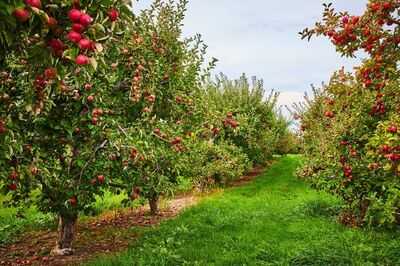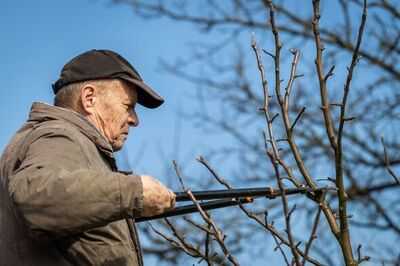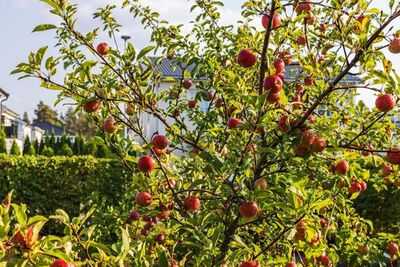
Fruit trees are a popular feature in the UK, and apple trees in particular can be found in gardens up and down the country. But taking proper care of them can sometimes be a real pain, especially as they get older. That's why so many apple trees end up overgrown and unproductive, left to grow wild without much attention.
But for anyone looking to fix that, there's a simple method that can bring them back to life, and it can all start this winter. Multi-award-winning landscape gardener Andy Sturgeon says the key is not to focus on getting fruit straight away, but on restoring the tree's health first. And that means being prepared to take quite drastic action during winter and beyond.
Winter is the best time to do this work because the tree is dormant, making it easier to shape and less likely to suffer from stress or disease.
Writing for The Enduring Gardener, Andy explained that if needed, the work can be spread over several years, but it's vital not to remove more than a quarter of the crown at once, or the tree could become stressed.
The goal is to re-establish a strong framework of around five to seven main branches.
To do that, you'll need to cut out all strong upright growth and anything that crosses into the middle of the tree.
Start by standing back and looking at the overall shape, then remove top weight from large branches before cutting cleanly at the base to avoid tearing the bark.


Next, cut out all the growth from the middle. Any branches that rub against each other can allow diseases to enter, so they must go.
If you spot any diseased wood, it should be cut back below the affected area and burned.
Then work along each main branch with a pruning saw and secateurs, shortening side shoots to around 45-60cm and removing at least half of them.
This will allow better airflow and more light into the crown.
The ends of the main branches should also be cut back by about a third.
Cuts should be made just above a well-placed side shoot that isn't too upright and doesn't grow into the middle of the tree.
By the following summer, the big cuts will produce lots of soft 'water shoots'.
Check every two weeks, choose one to keep from each cluster, and rub off the rest by hand. After that, regular pruning can begin again.
Andy said gardeners will need a sharp bow saw for large branches, a pruning saw for tight spaces, a pair of secateurs for smaller growth, and a safe ladder.
You may also like

UAE defeats Oman 2-1 in AFC World Cup qualifiers, tops group A; edges closer to 2026 FIFA World Cup

Many girls still face practices like genital mutilation: CJI

'Our friend is a Hamas hostage - I'm so nervous I can't breathe'

'Israel doesn't want war': Iran says Russia relayed Netanyahu's message; raises doubt over Gaza ceasefire

Royal Family RECAP: Prince Harry's friends 'stunned' by Meghan decision - 'f****** wild'







